The teachers Maria José Ramos and Manuela Limas watch, side by side, the work of those eight apprentices, in a small room at the entrance to the village of Sarnadas (Alte). The last few days have been spent there, teaching an art they shared for years: the Sparta. From that past, they keep the memory of how impossible it was to make a living from this craft, but they already foresee, in their students, a better future for this art that «imports not to let die».
So long after having worked together, Maria and Manuela perhaps no longer thought it was possible to get together again to help create, from the esparto plant, handicraft items such as baskets and rugs.
They owe it to the course of the QRER Cooperative which, until this Friday, October 29th, the day it ends, has given new life to the village of Sarnadas.
Ana Romeira is one of the apprentices who is sitting around a large table where the teachings are being passed on. Your enthusiasm and interest are visible.
«I am dedicated to textile art and I saw an opportunity here to learn more. It's been fantastic!”, he tells Sul Informação.
Art already knew about it, but as the course draws to a close, it thinks more and more about taking advantage of everything it has gathered in these days “of true learning”.
«We have a good baggage for the future here. Personally, I would like to work on esparto by itself, but also to introduce it in my pieces, since I make contemporary tapestry», he explains.
It is there, in this fusion of knowledge, that, says the voice of those who know, the future of esparto may reside.
Owners Maria José and Manuela learned this art many years ago, in the «home of a lady here in Sarnadas». Residents of this small town in the parish of Alte, they had to change their lives, because living on esparto «was impossible».
“We made the pieces and got a package of rice, a piece of clothing. It was almost an exchange. I can tell you that this was a very underrated thing. I believe that, in the future, this will change, because this is a laborious art, but beautiful and that can have new interpretations, new designs», considers Manuela Limas.
This art was once quite popular in the Algarve, especially in the Alte area, but is now on the verge of disappearing in the region.
Dona Maria José recalls how, currently, "there is no one who makes this life here in Sarnadas". Some died, others took different paths.
It was really thinking about the revitalization of this art that QRER organized this course. Designer Hugo da Silva is the organizer and tells how these have been «five intense weeks».
«We divided the participants, who have different Backgrounds, between tasks and we watched people evolve. It is an experience that will, for sure, be continued», he tells our newspaper.
Over these weeks, there has been talk of crushed esparto, «which is more cooked and beaten, as was done a lot in Alte», and raw esparto «which is simply dried to lose the oil it has and is a stiffer straw ».
For the course organizer himself, everything has been a discovery.
“My relationship with esparto was…none. It was new even for me. Everyone knows how to work the palm, but esparto was forgotten. As I was told, it was the scarcity of material that led to this, but also the interest. People's way of living has changed: what we now call handicrafts, which were daily utensils, have been replaced by plastic alternatives», says Hugo.
Among apprentices, there are those who see this return to the past as a necessity. Bruno Constâncio, a trained biologist, decided to apply precisely for the «search for sustainable materials».
«Day after day, I see that we are losing the oldest artisans and that is sad. It is necessary for me and the younger generations to learn these techniques, giving them continuity», he considers.
So far, he has made a rug, a jar cover and a small basket. Future ideas are many.
“Maybe I will direct me to two areas – one more artistic, linked to design, and the other more related to construction, because esparto can be used for pergolas or other shading structures,” he says.
This Friday, the course comes to an end, with an open day. Anyone who wants can go to the Sarnadas to meet the participants, talk to them and see the pieces they produced.
Maria José Ramos has no doubts that this was a winning bet for QRER – a cooperative that will now support those who want to continue working in esparto.
“Look, I thought some little kids came here to play with this, but they got an excellent team, interested people, who are wonderful. We feel motivated and I think this can help to give new life to esparto: they are new, they have ideas and they go forward».
At her side, Manuela concludes: "I just ask God to continue with this."
Photos: Pedro Lemos | Sul Informação
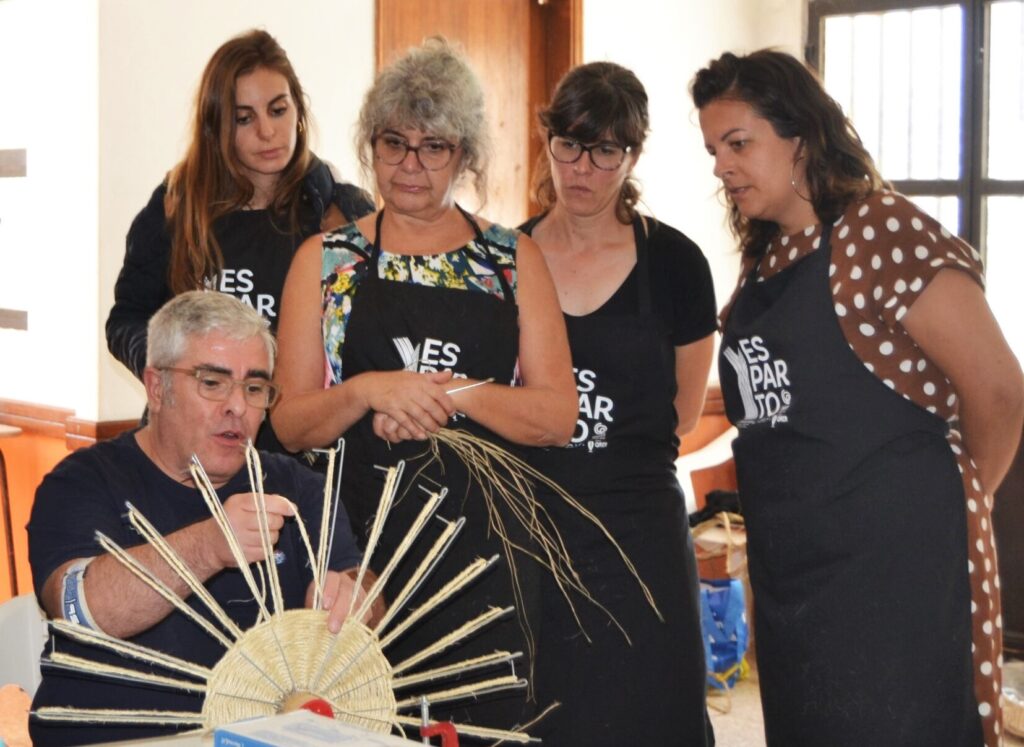
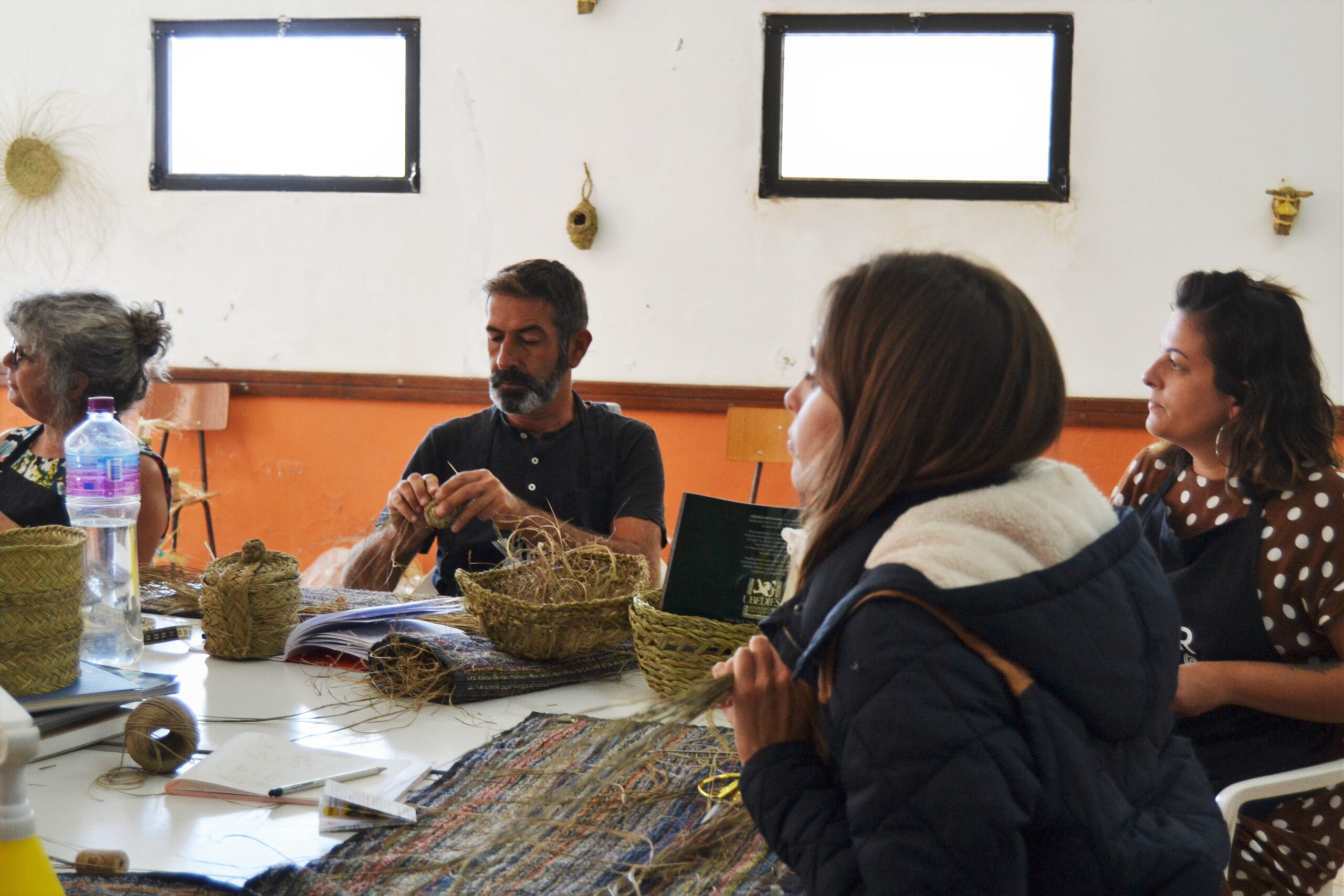
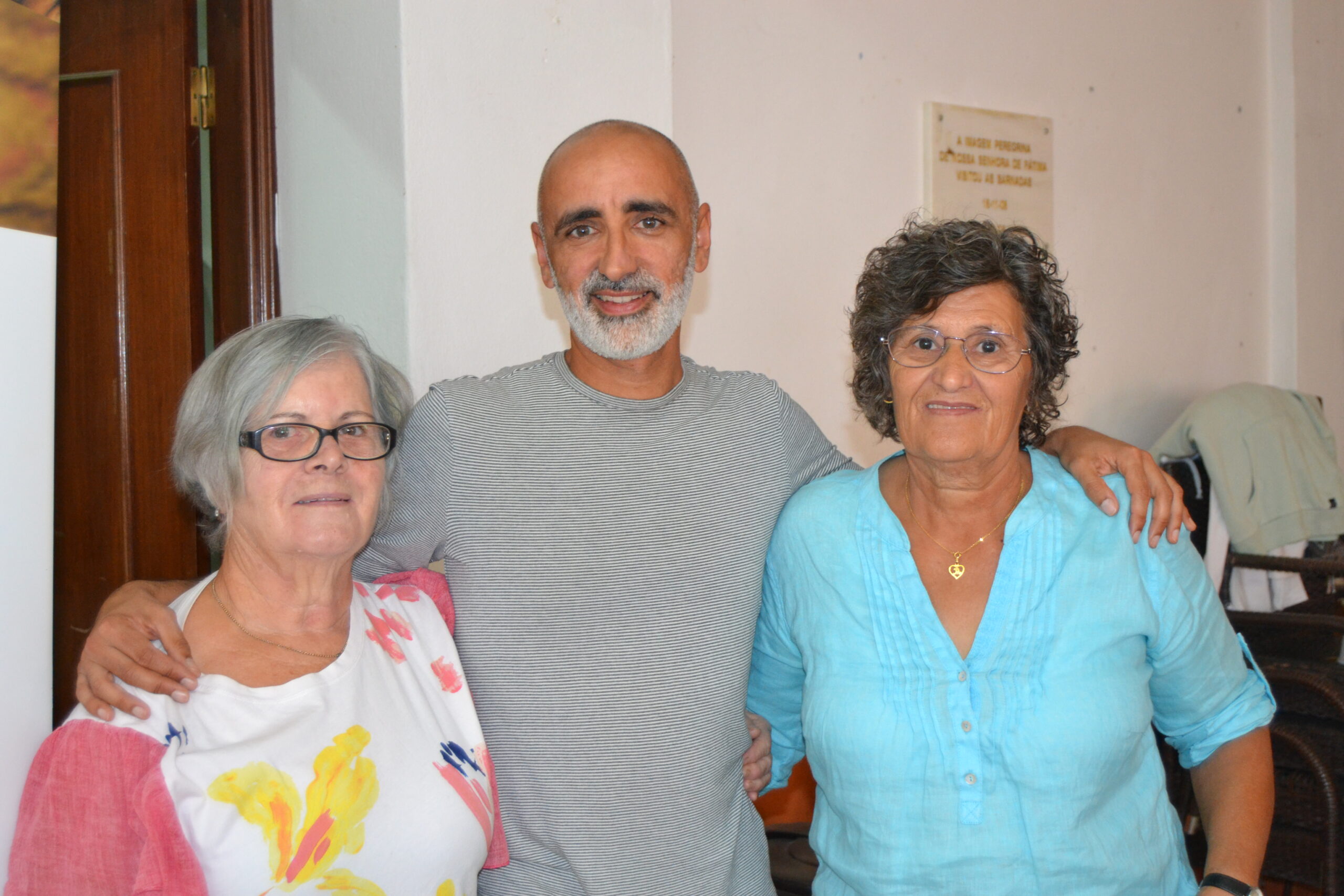
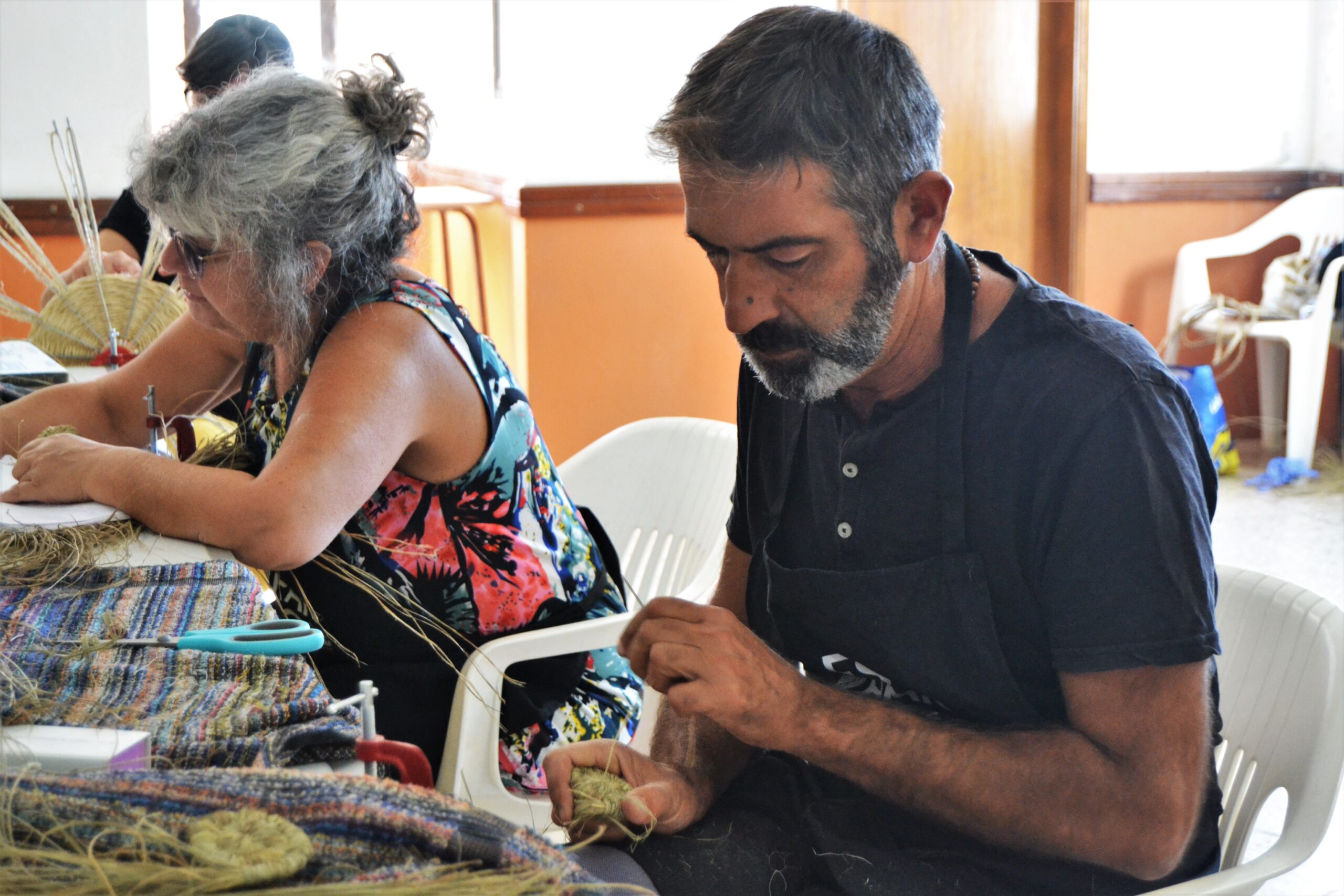
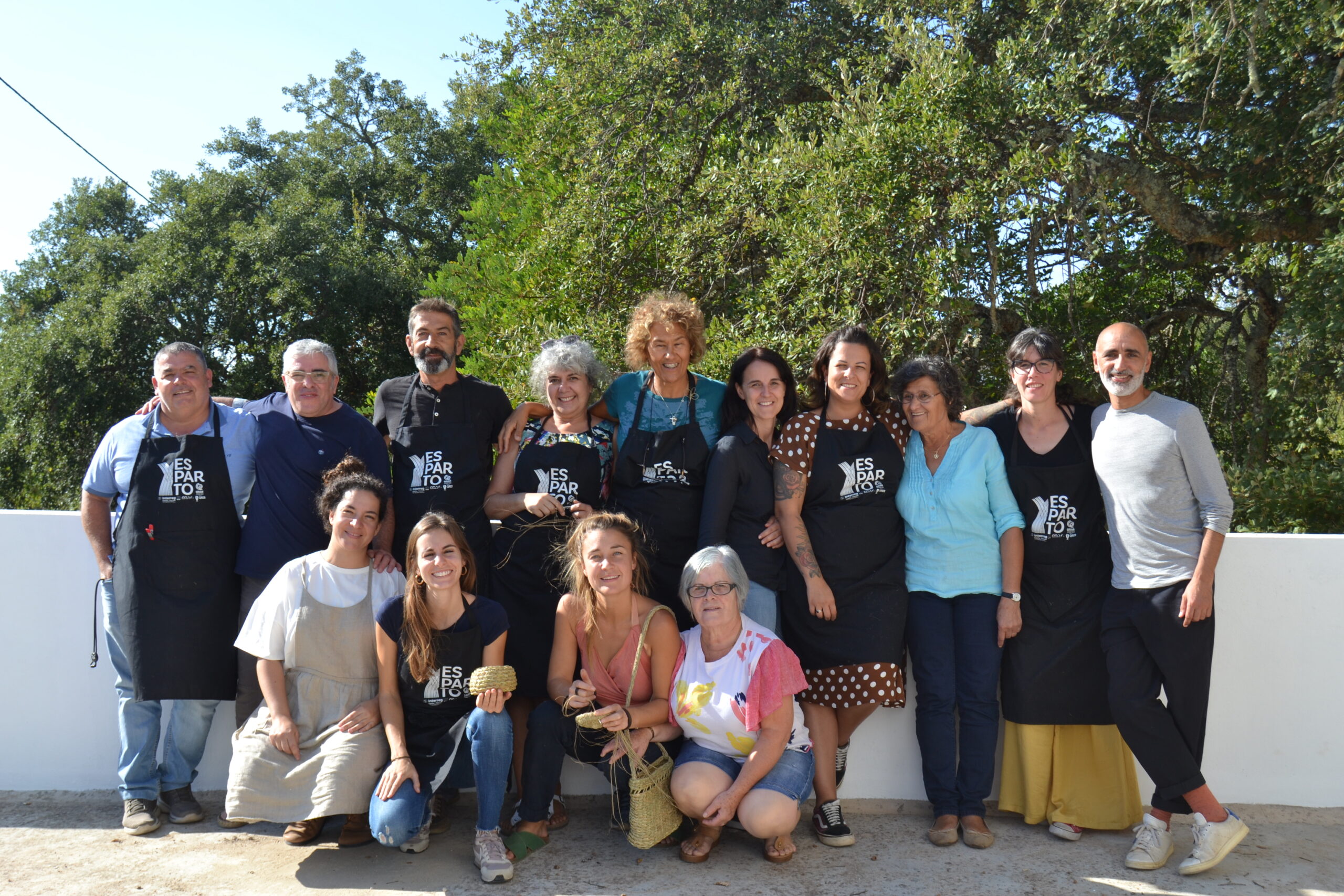
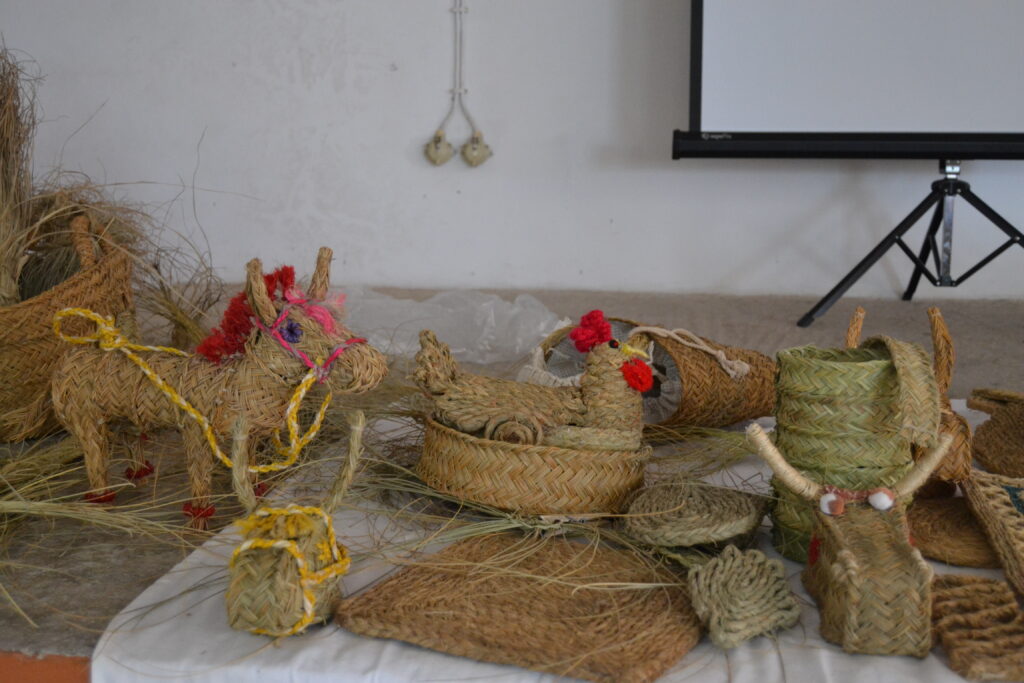
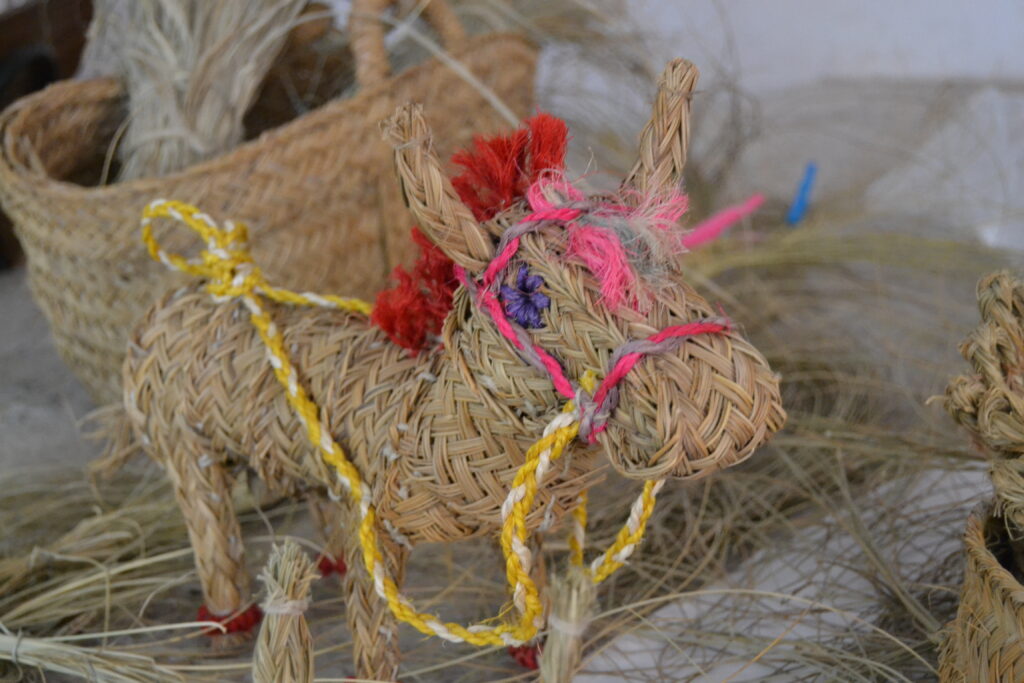
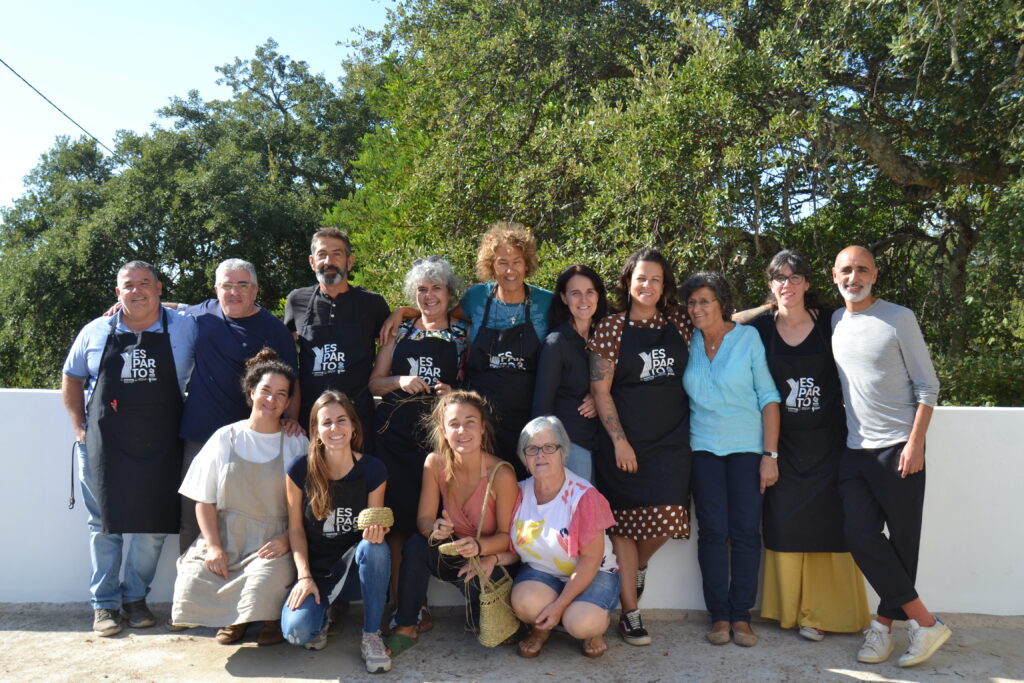
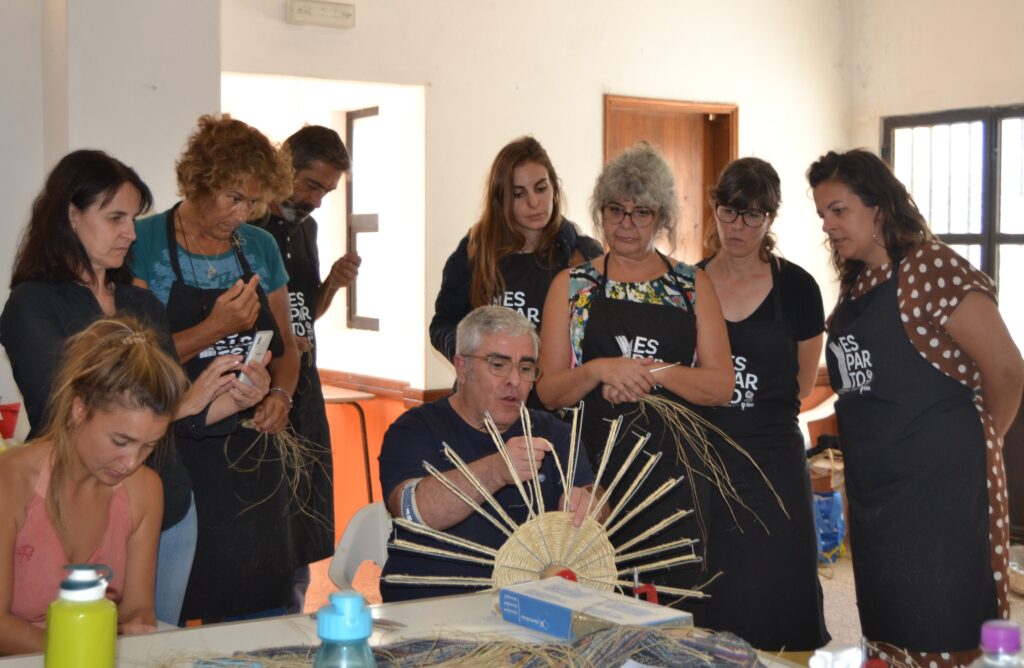
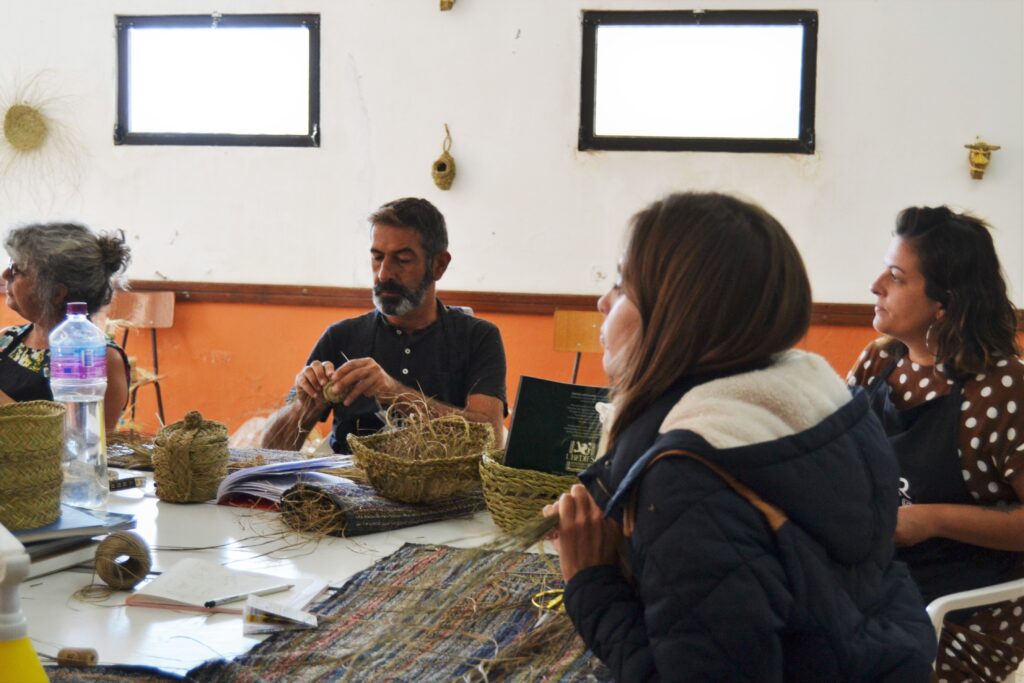
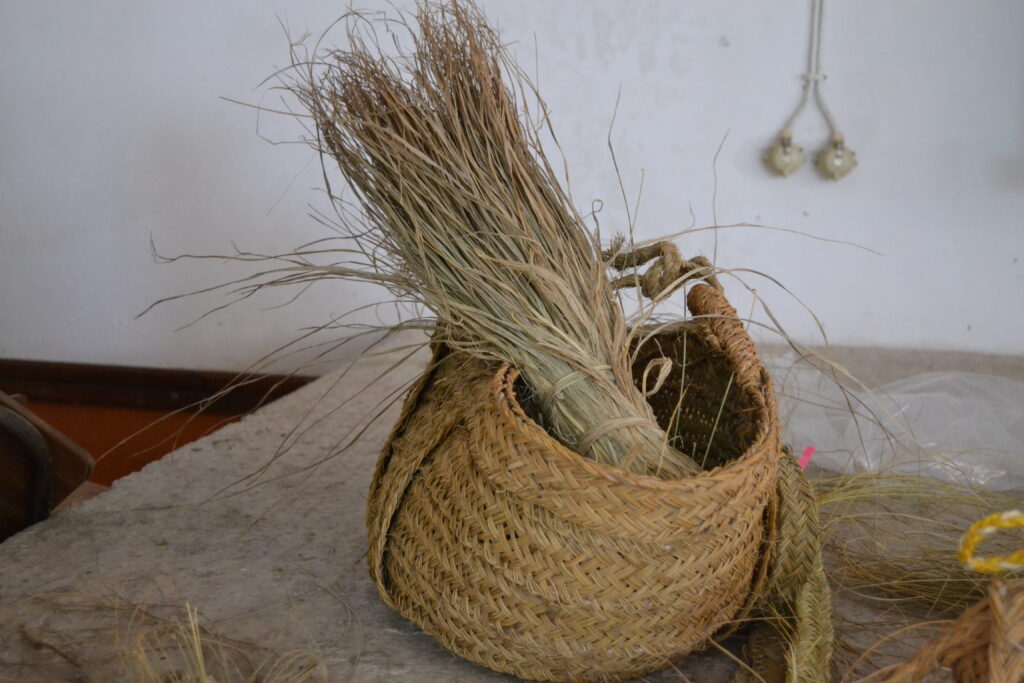
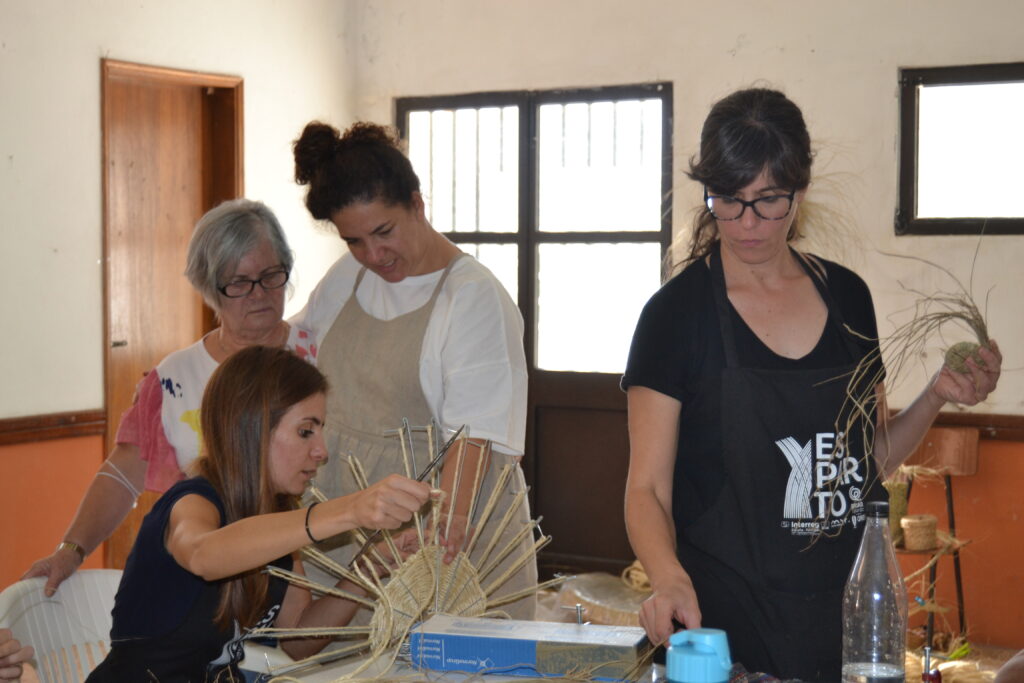
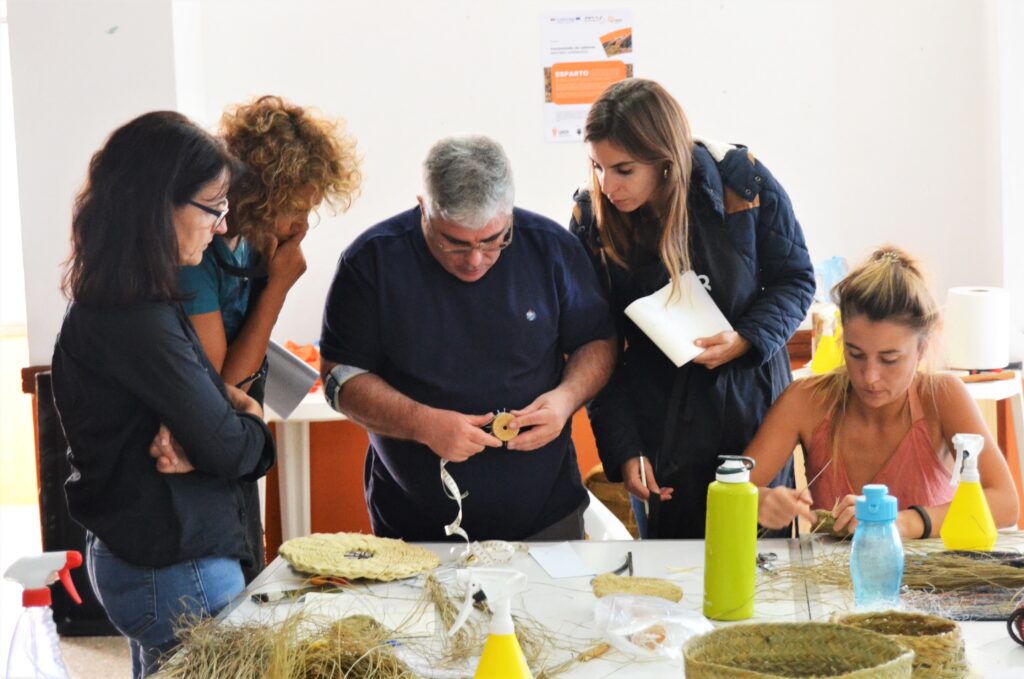
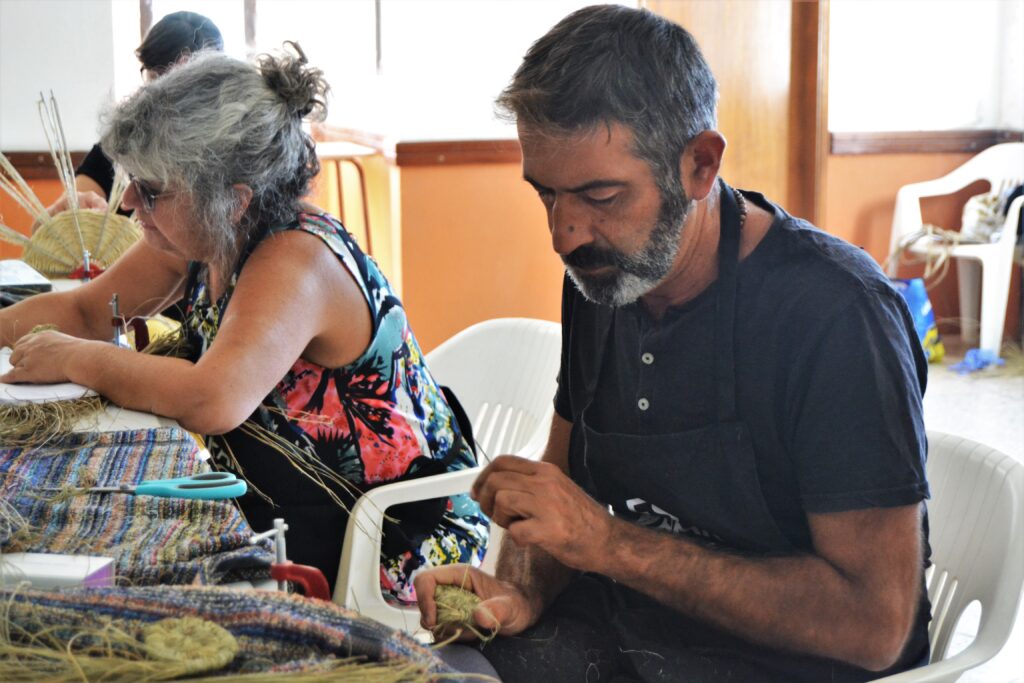
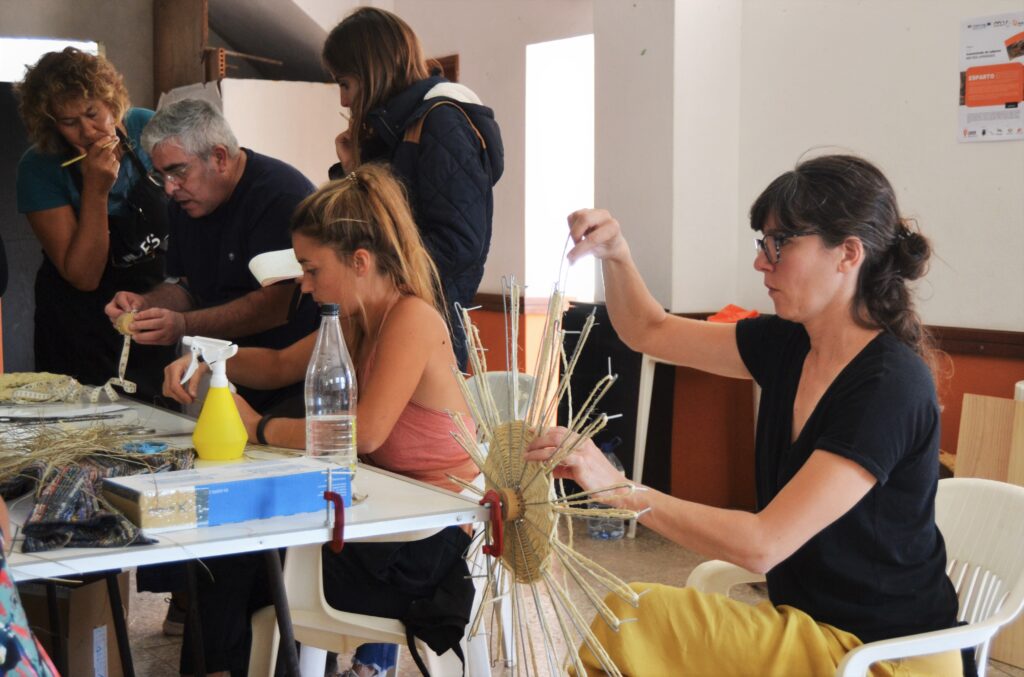
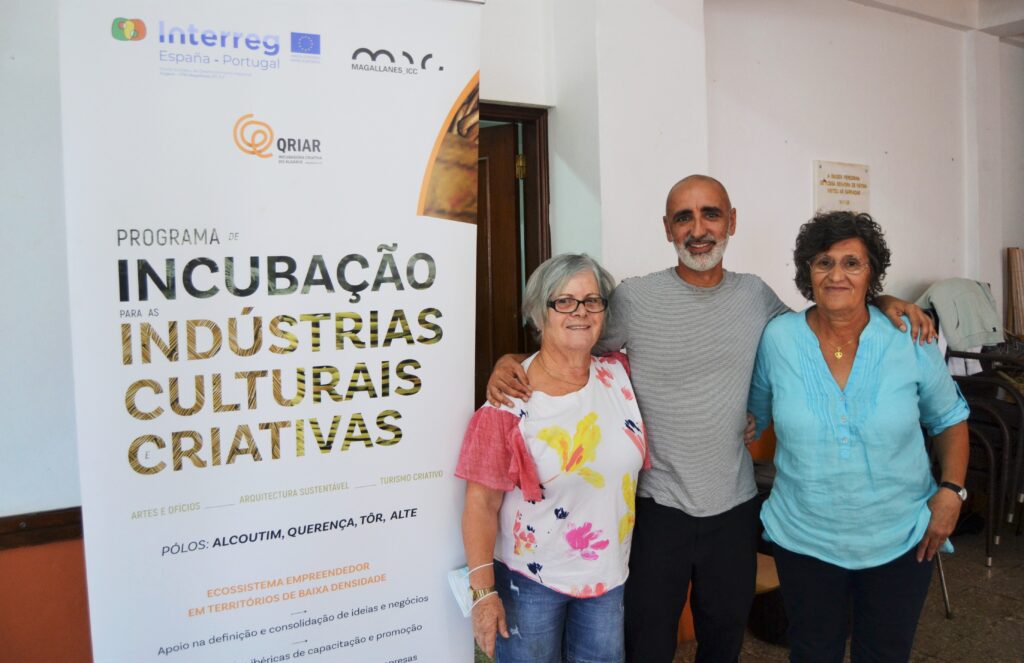
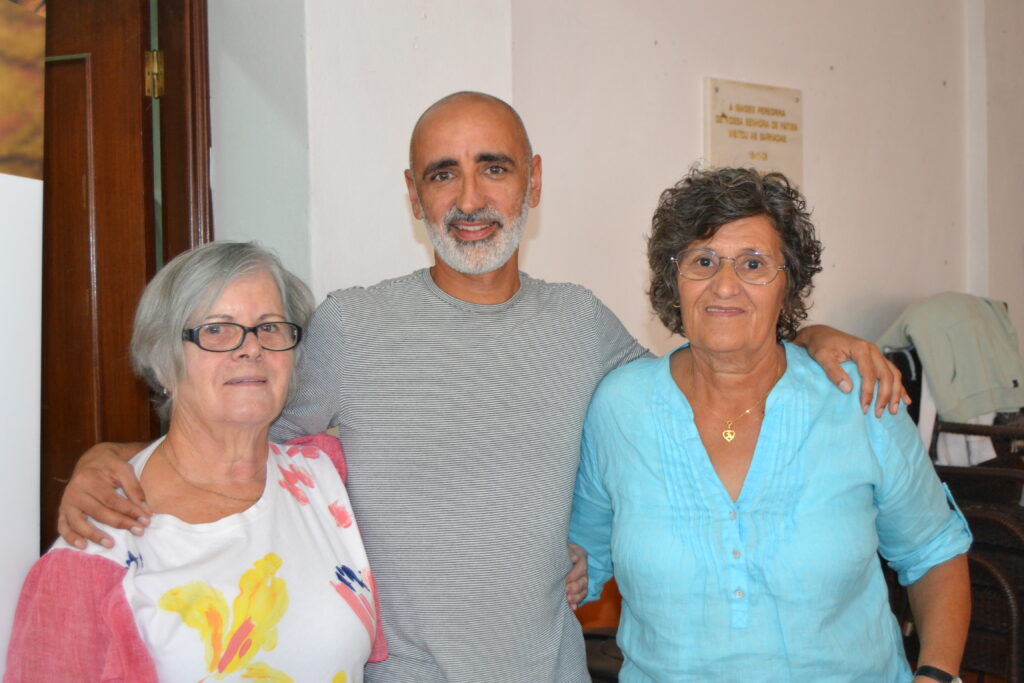


















Comments